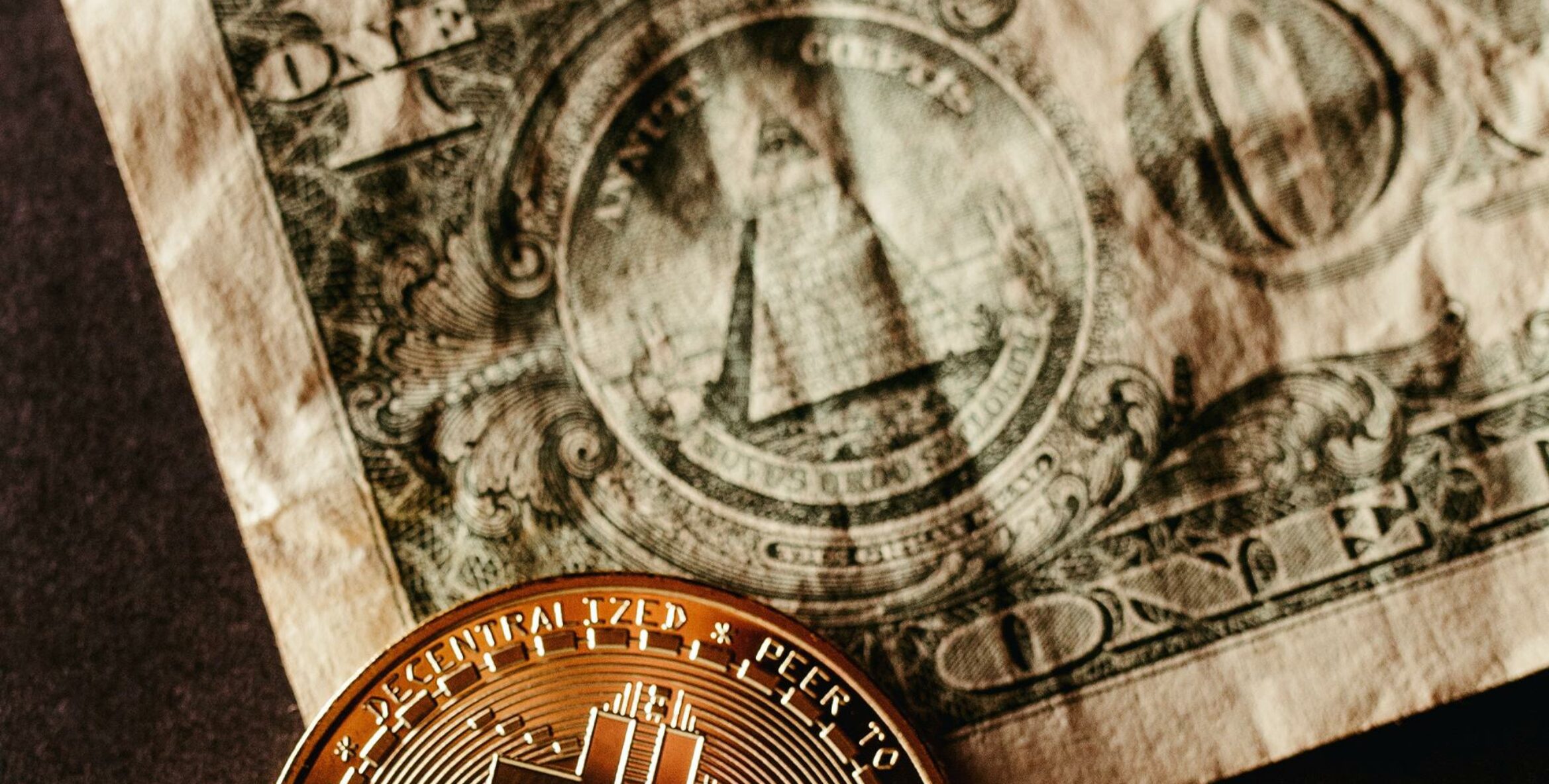FTX – A Case Study on Organizational Mis-Behaviour
Since the crypto conglomerate FTX went into chapter 11 in November 2022, many people have asked themselves how that could have happened. How could nobody see – not even professional investors and analysts - that FTX was too good to be true and its founder literally an emperor without clothes?

Some might say, that happens now and then. Think of the German payment processor Wirecard in 2021, or Bernie Madoff in 2008. However, Madoff and Wirecard operated for decades, before they bust, while FTX rose from zero to hero between end 2019 and spring 2022 and back to zero (chapter 11 / bankruptcy) another six months later. We then learned, that significant parts of customer funds had been misappropriated, while its founder Sam Bankman-Fried was put into custody. A year later (November 2nd, 2023), a jury in New York found him guilty in seven charges (incl. wire fraud, conspiracy to commit wired fraud, money laundering).
FTX is a posterchild of Organizational Mis-Behaviour (OMB). Applying the OMB-model[1] helps to understand red flags and early warning triggers and eventually lessons learned to be drawn from.
The model consists of four forces:
- Organizational forces
- Individual forces
- Direct Group forces
- Indirect Group forces
A combination of the four forces raises the risk for an institution to become vulnerable against Organizational Mis-Behaviour.
Facts on FTX presented here are to a large extent based on the article: “Inside Sam Bankman-Fried’s Family Bubble” by Sheelah Kolhatkar, New Yorker, 23rd of September 2023. Additional coverage from Elizabeth Lopatto, The Verge.
Let’s start with Organizational Forces. At FTX, one could observe the following:
| Complexity and formal structure deficiencies / imperfection and ambiguity | While founded in late 2019 / early 2020, the org chart had the complexity of a conglomerate been in the market for 50+ years[2]. |
| Competing objectives and targets | While FTX promised and should have created best execution and value appreciation / protection for its customers, its own internal hedge fund Alameda acted as a hedge fund on various cryptos including FTX’ own crypto currency FTT. |
| Absence of Capable Guardians | Regulation of crypto assets is in its infancy. SBF admitted during his trial that it was a mistake not to have installed a risk function. No clear governance and documentation on financial decisions. SBF’s father advised him on regulatory arbitrage, his mother accepted significant donations from FTX for Mind the Gap, a Super PAC[3] founded by herself. It reads like an irony, that they were both long-term professors on ethical law at Standford University. |
| Risk Management Failures and Control Weaknesses | No professional bookkeeping / accounting system. No standardised cashflow analysis. Usage of small and separate audit firms for Alameda and FTX, limited disclosure of audited figures. |
An environment where the interest and trading strategy of the internal hedge fund could be in conflict with customers’ interests, a complex and partially opaque structure and no guardians and controls in place to detect it, let alone to challenge or prevent it.
What were the Individual Forces of Sam Bankman-Fried’s actions?
| Triggers and Turning Points | Massive losses of Alameda at the beginning of 2019, but SBF was able to restructure the fund and move it to Hong Kong, while investors did not leave. That effectively became the recipe to operate for Alameda & FTX for the next three years. |
| Practical Drift/Uncoupling Practice from Procedure | SBF Installed new Co-CEOs at Alameda as a sign to investors of a segregation of duties but kept daily contact with them to discuss investment decisions (and ensured direct funding from FTX customer accounts). |
| Routine Nonconformity | Usage of customer money to fund investments of Alameda, make donations. SBF used company money to let his parents buy a 16mn house (“essentially a family business”), while himself dressing, eating, sleeping like a first-year student. |
| Normalization/Rationalization | Effective Altruism – making significant target donations to Democratic Party, the Super PAC of his mother etc. combined with the narrative that crypto will be the future and will help to overcome even global problems. |
His initial investors did not walk away after massive losses and a move of the fund from US to Hong Kong. While officially implementing segregation of duties between FTX and Alameda, he was still involved into daily decisions. Funds from FTX customer accounts were continuously misappropriated. He viewed the business as family business and used effective altruism as ethical superstructure.
But he could not do this alone, he needed the Direct Group Forces of his leadership team of like-minded people with mutual trust.
| Acting in Concert | The leadership team was very close and knew each other from school, college or first employer. The lived together in Berkley, then Hong Kong, then Bahamas. Flow of funds between FTX customer accounts and Alameda implemented by the leadership team. |
| Deviance Amplification | In Spring 2022, when a number of crypto players faltered, FTX announced to be comfortable to double down and potentially rescue other crypto players. |
| Density of and Exposure to Corrupt/Toxic Personnel | Chief Compliance Officer with dubious reputation, parents showed questionable behaviour (father taking money for questionable advice work on regulatory/legal arbitrage, mother asked for donations for specific NGOs (including her own), and accepted mn in cash and real estate as gifts). |
| Collective Normalization/Rationalization | Leadership team seemed to believe til Nov 22 into the long-term success of FTX. |
Being too close and know each other for too long can drive Groupthink within a leadership team. The court did not find strong evidence of questions asked when the flow of customer funds was implemented.
One could say that in the long run, market discipline should be strong enough to prevent such situations or at least mitigate the impact. What happened in the case of FTX?
| Cultural Blindness, Overconfidence, and Ignorance of Early Warning Signals | Flagship investors (Sequoia, Softbank, Tiger, Coinbase, Temasek etc.), celebrity testimonials (e.g. Tom Brady), extensive media coverage of a genius created the impression of the next big thing not to be missed out. |
| Risk Tolerability/Allowance and Risk Acceptance | Risk & Control weaknesses created effectively zero FTX-specific critical media coverage until September 2022. Big donations to NGOs and anti-Trump politicians / parties and sponsorships subdued critical thinking. |
| Consent and Cooperation/Permission Leadership Style | SBF was seen as mastermind and genius, employees, investors, customers followed his advice and decisions, even though his personal behaviour had erratic elements. |
| Collective Normalization/Rationalization | Until spring 2022, investors and customers into crypto believed to be on the right side of history. When BTC went below 40T in Spring 2022 and some market players defaulted, perception by Crypto supporters became a bit more critical, but the believe was still strong that the survivors must be on the right track. |
A new technology, a founder who is so refreshingly different to a typical CEO in the finance industry, testimonials from influential people and celebrities (not necessarily experts in crypto), what could go wrong? Apparently, nobody really checked whether this endeavour is too good to be true.
In summary, the rise and fall of FTX gives us very clear risk management lessons:
- Ensure that truly independent and effective controls are in place (risk, internal and external auditor, supervisory authority).
- Unregulated entities in a largely regulated industry might have uncommon risk profiles and deserve specific scrutiny to understand them.
- Diversity in building a leadership team is a key factor for resilience. This is a big task for all recruiting and professional development processes.
- Make sure you capture critical feedback from your stakeholders: employees, clients, shareholders, society in a systematic way. Validate it, and then act on it.
- If something happens to a competitor (or supplier of a competitor), work under the assumption, it could also happen to you. Prepare for it.
- Don’t accept cutting corners for an alleged greater good.
This is no rocket science, but a strong reminder of fundamental risk management principles.

[1] Based on: Whale Watching on the Trading Floor: Unravelling Collusive Rogue Trading in Banks & Organizational Culture and Patterns of Group Dynamics: Implications for Collective Unethical Behaviour
[2] This is addressed in the section 6.2 of the EBA/GL/2021/05, Guidelines on Internal Governance
[3] PAC: Political Action Committee